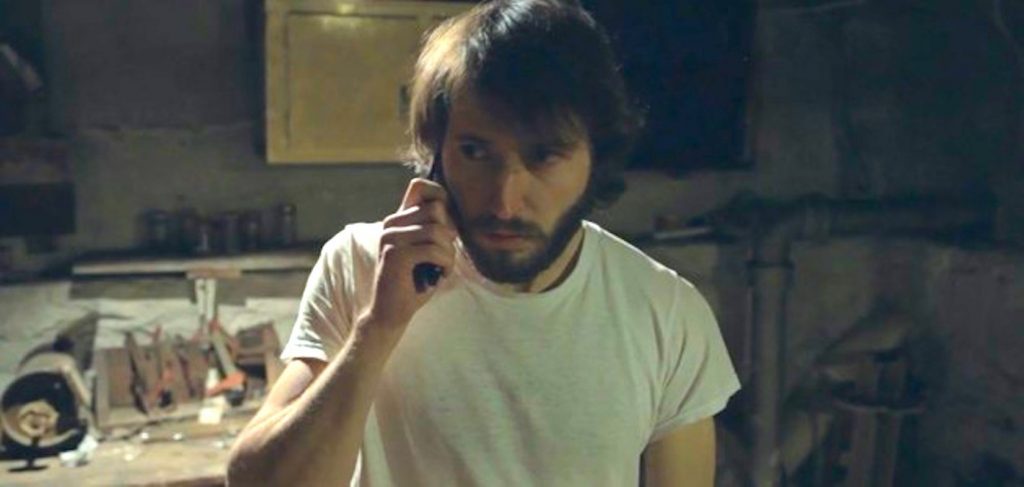The Danger of Trust, by Reed Lackey
18 Feb
I must confess that the style of the genre known as “mumblecore” is still something to which I’m adjusting. The sparse settings, the mostly improvised dialogue, and the naturalistic performances seem to be striving towards a deliberate reality, and as a result have their virtues and their detriments.
But what is continually fascinating is how the horror genre is being affected by these stylistic choices. Case in point: They Look Like People, a recent film by director Perry Blackshear. In that film, Wyatt, a recently single drifter reconnects with his old friend Christian, ultimately choosing to stay with him for a few days while he figures out what life holds next for him. What Christian doesn’t know yet is that Wyatt is on the run from a belief that hostile alien beings are posing as people in preparation for a coming apocalyptic war. Wyatt receives ominous phone calls in the middle of the night and occasionally sees horrific things in people who are otherwise charming and pleasant. When Christian’s own goals become disrupted by unexpected setbacks, Wyatt sees it as part of something much larger, and much more sinister.
The performances are consistent and believable, aided in no small part by the naturalistic sensibilities. Additionally, the moments of fright are surprisingly effective, primarily because there are so few of them. The film spends much more time developing the friendship between Wyatt and Christian than it does developing the paranoia Wyatt is experiencing. As a result, his excursions into conspiracy often feel forced, which puts us more in sympathy with the characters that see him as the real threat. But that may be entirely intentional, because the film culminates in a scene of intense dread where we aren’t quite sure who is really in danger, Wyatt or Christian.
And this appears to be the heart of what the story is trying to explore. It is a dangerous thing to allow someone into your life, even if you’ve had years of history together, because there is always the risk that they are merely an ingenious fraud.
The story resolves in a way that will frustrate many. It could even be accurately described as anti-climactic. But it should be understood that it is making a rather profound statement about how trust and insecurity operates. Our lives cycle in waves where we have needs that can only be met by surrendering ourselves to the wild unpredictability of others, who may appear jovial and kind and even trustworthy, but they may also prove to be something much more dangerous.
Our fears can be healed by others, but they were also likely caused by others. They came into our lives in vulnerable moments and looked just like people, but eventually become the faces of our deepest fears. And the only way to know for certain how things are going to go is to go through them with others, which can be the most frightening experience of all.




No comments yet